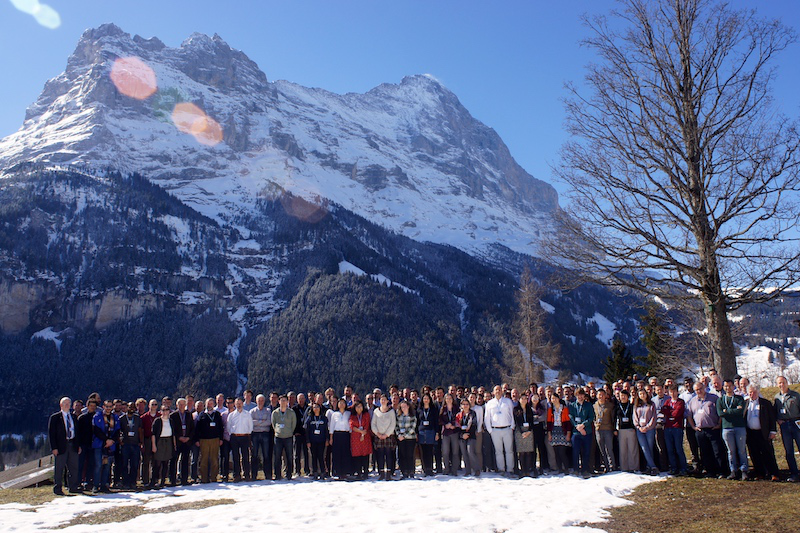Speaker
Description
The nearby mid-M dwarf K2-18 hosts a known transiting super-Earth. The so-called K2-18b orbits close to the inner edge of the habitable zone making it an interesting target for future atmospheric characterization of an M dwarf planet receiving Earth-like insolation. In 2017, the HARPS follow-up campaign to characterize the mass of K2-18b revealed a strong periodic signal at $\sim 9$ days that was shown to likely be due to a second, non-transiting super-Earth (K2-18c) located interior to orbit of K2-18b. However, independent CARMENES observations of this system in 2018 revealed a significantly weaker 9-day signal and claimed that its origin is more likely related to stellar activity because of the signal strength's apparent chromatic and temporal variability. I will present results from the continued HARPS monitoring of K2-18 and our self-consistent modelling efforts of the joint HARPS plus CARMENES data aimed at reconciling the nature of the 9-day signal. We conclude that the chromatic and temporal variations in the periodic signal strength is consistent with a planetary signal modulated by changing levels of stellar activity. We also conclude that the disparate results from HARPS and CARMENES are likely due to sub-optimal time-sampling in the CARMENES window function which appears to artificially suppress the K2-18c periodicity. This work highlights the importance of understanding one's time-sampling and the importance of probabilistic modelling of planets and stochastic activity, particularly when searching for sub-Neptune-sized planets with radial velocities.




